The ability to build a fire build a fire under survival conditions may save your life. The inability may cost your life!
As a Boy Scout survival skills volunteer, I have helped teach well over 10,000 people basic flint-and-steel firemaking skills. This instruction has been done during all sorts of weather extremes. I have tried and tested many different firemaking methods, with the goal of being able to recommend the right tools to make a firemaking kit that could a person’s life.
One thing I learned after all this research and training is this: The average person, even if given matches and gasoline, couldn’t start a fire under survival conditions! Firemaking, like any survival skill, must be practiced, and you have to start out with the right tools and training.
One of those training tools might be Survival expert Peter Kummerfeldt's new ebook: "A Better Way to Build a Fire." Click here to read the review.
The ability to make a fire under emergency conditions may save your life. The inability may cost your life! Here are some proven methods that work!
Tuesday, November 15, 2011
Sunday, September 18, 2011
Make a Green Stick Tripod for Cooking
When it comes to cooking during a survival situation, you may only have a metal pot or cast iron skillet for a culinary utensil. Holding a panful of food over a campfire to get just the right temperature can be really tiring!
In this entry, you'll learn how to make a green stick tripod to solve that problem!
To read the story, click here.
To view the video, click here.
Friday, July 29, 2011
Dryer Lint as a Survival Kit Firestarter? No Way!
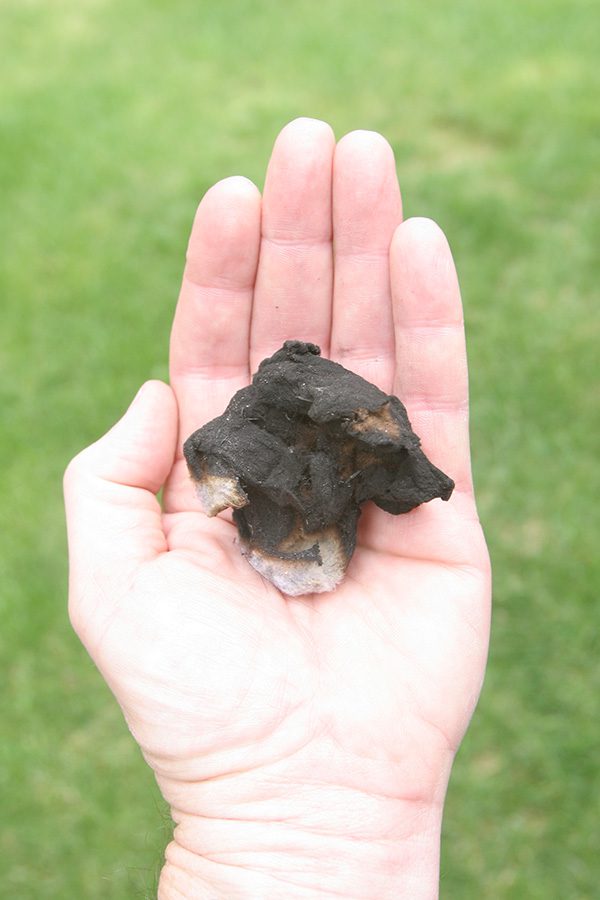 | |
| The dryer lint just went out after it started burning. Don't rely on it! |
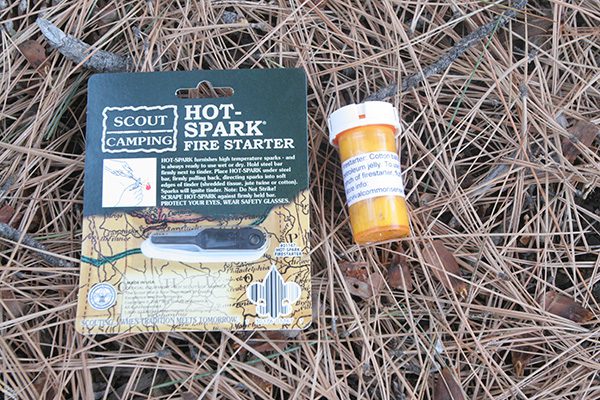 |
| Cotton balls/petroleum jelly work well! |
You stake your life on your firemaking kit components. So, let’s apply the common sense filter to this dryer lint firestarter idea. Read the story of my research here.
Saturday, May 21, 2011
Free Containers for Firestarter Kits
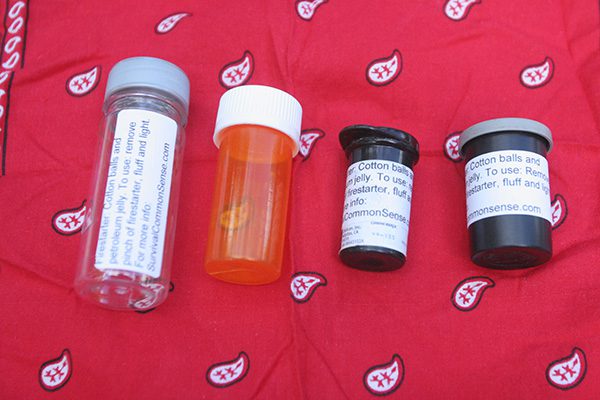 |
| These firestarter containers are free, so you can make multiple kits! |
One of the best survival firemaking tools is a combination of cotton balls and petroleum jelly, and you can make these firestarter kits for pennies.
Here is how to do it!
Make a Firebow Out of Urban Materials - At the Mall!
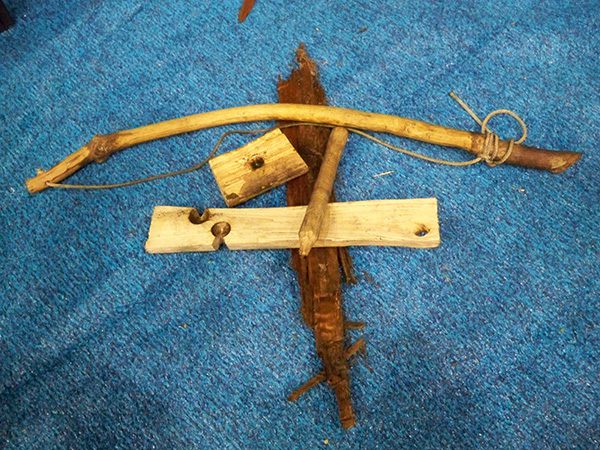 |
| This firebow uses natural materials found in the wilderness! |
Here’s a fun post that a reader sent in. It demonstrates how to to make the best of available materials if a survival situation happens in a box store at the mall!
Click here to see the video!
Add a Cheap, Reliable FIremaking System to Your Survival Kit!
 |
| Try cotton balls, petroleum jelly and a magnesium stick for reliable firestarting! |
There is nothing to break, it requires no fuel, and temperature has no affect. But an additional benefit is how cheap it is to produce!
Here’s how you can make one of these firemaking kits.
Firestarter Review from Bug-Out Survival Blog
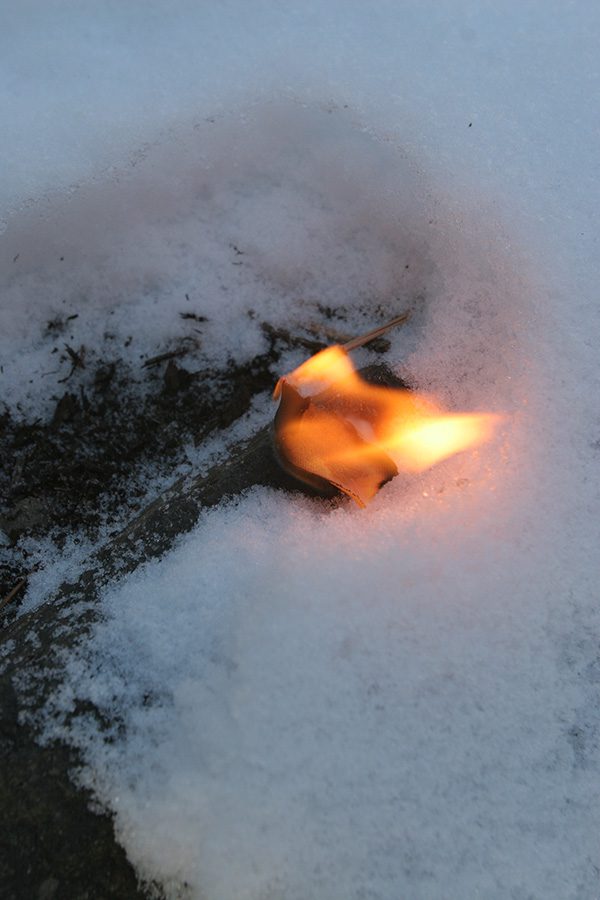 |
| This firestarter works when wet, or on snow! |
But it's also a great idea to carry some form of lightweight, highly flammable firestarter. You might be in a situation where the tinder is damp, and a fire is needed quickly.
The idea for a wallet-sized firestarter came several years ago when I was working in the Bend Bulletin newsroom. Five unprepared snowmobilers were lost overnight in the Central Oregon backcountry. They burned money, credit cards, their map, the titles to their snowmobiles and personal possessions to make a smoky, inefficient fire. (Read the complete story here.)
Scott B. Williams, from the great Bug-Out Survival blog tested some SurvivalCommonSense.com wallet-sized firestarter. To read Scott's review, click here.
Old Style Firestarter Fills Modern Wilderness Survival Niche
 |
| This firestarter is waterproof and burns easily. |
Pitch wood, cedar bark, dry grass, weed stalks, pine needles etc. all work great when the weather is nice. But usually, the fouler the weather, the more desperately you need a fire (another axiom of Murphy’s firemaking law). There had to be some sort of old time firestarter.
Here is a good choice for a lightweight, waterproof firestarter, and how to make it.
What fire ignition system should you carry?
 |
| Cotton balls, petroleum jelly and a magnesium stick are good firestarting choices! |
Criteria to be tested were: ease of operation, ability to use one-handed (in the event of an injury), reliability, widespread availability, durability, practicality and ease of carry. We ruled out any items that seemed to rely on expensive, gee-whiz technology.
Over the course of the next several months, we laboriously tested and re-tested conventional firemaking methods. When something showed promise after initial testing, we turned the scouts loose on it. If the method survived the torture test, we’d ask average outdoors people to try and then comment on the materials.
Here’s what we found:
How to make Charcloth
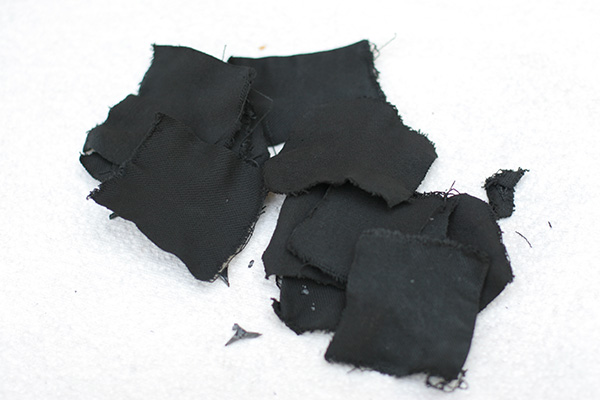 |
| Properly cooked charcloth is completely black, flexible and readily catches a spark. |
Once you discover how easy it is to make charcloth, you’ll never have an excuse for running out, or not having some in your survival kit. Click here to learn how!
Subscribe to:
Posts (Atom)

